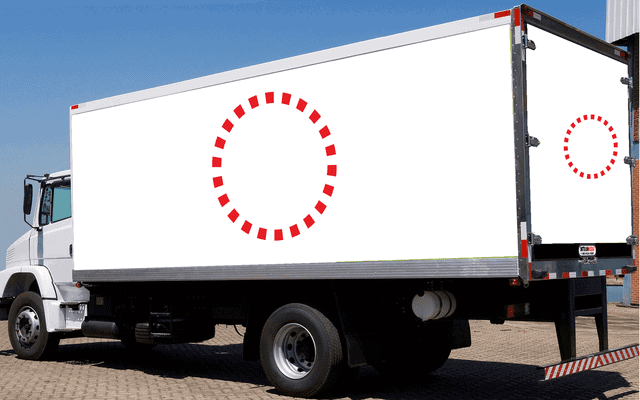Truck side advertising: learn more about this mobile OOH concept.

Good or bad, we’d love to hear your thoughts. Find us on Twitter (@twitter)
Here are some related articles you may find interesting:
Locking Out Cybercrime: How Webroot Delivered Cybersecurity Awareness with a Side of Pizza
Locking Out Cybercrime: How Webroot Delivered Cybersecurity Awareness with a Side of Pizza Topper Advertising During Cybersecurity Awareness Month in October, Webroot launched an innovative and engaging campaign to promote its brand and educate consumers on the importance of cybercrime
A Toast to Flavor: Brewhouse Legends Takes Over Chicago’s Bars with Pub-Inspired Snack Launch
A Toast to Flavor: Brewhouse Legends Takes Over Chicago’s Bars Coaster Campaign with Pub-Inspired Snack Launch To celebrate the launch of their pub-inspired snack nut mix, Brewhouse Legends (a brand of Mount Franklin Foods) took a creative and strategic approach:
Slice of Safety: How MoDOT Delivered a High-Impact Marijuana Awareness Campaign Through Pizza Toppers
Slice of Safety: How MoDOT Delivered a High-Impact Marijuana Awareness Campaign Through Pizza Toppers To combat the rising concern of driving under the influence of marijuana, the Missouri Department of Transportation (MoDOT) took a bold, creative approach: they delivered their
Related Posts
Here are some related articles you may find interesting:
